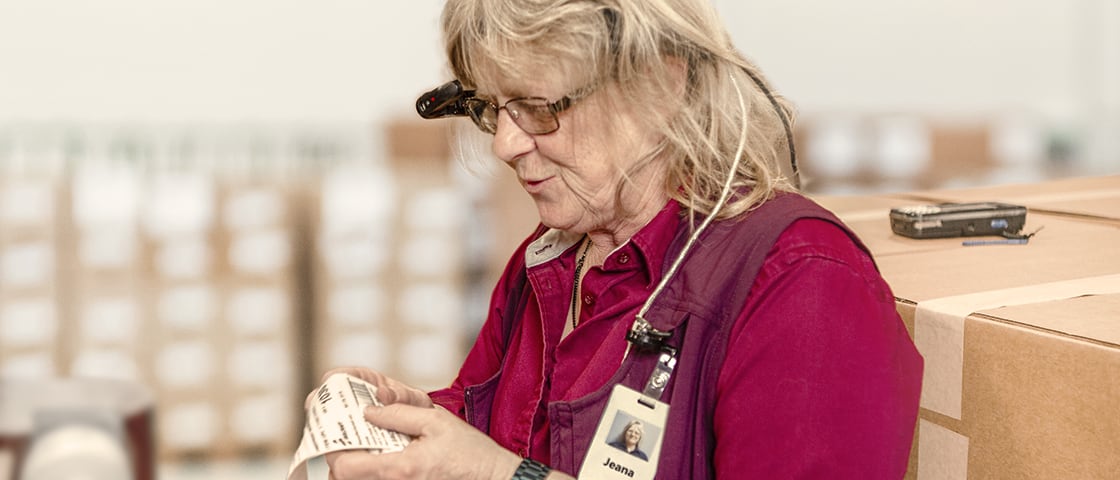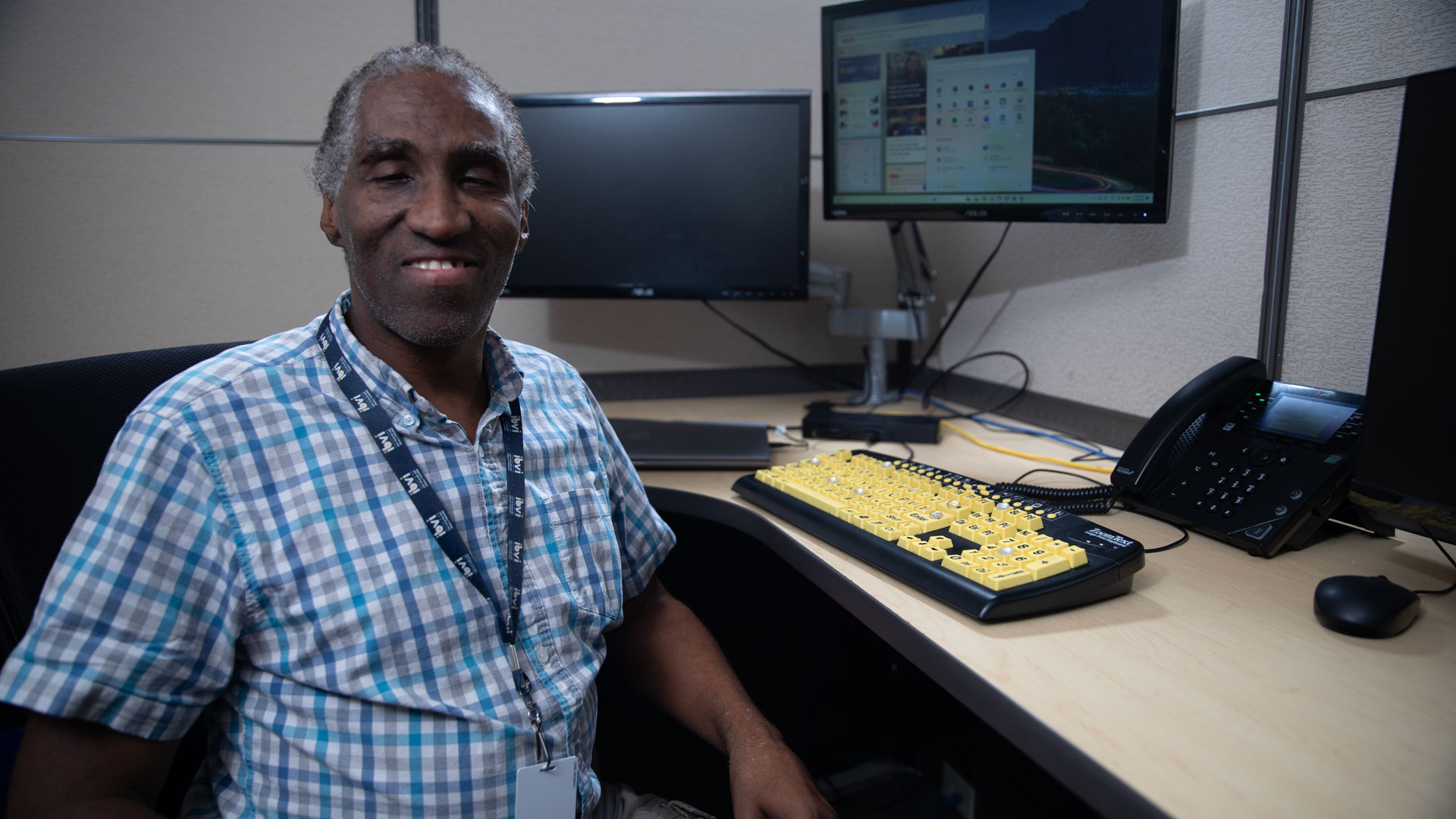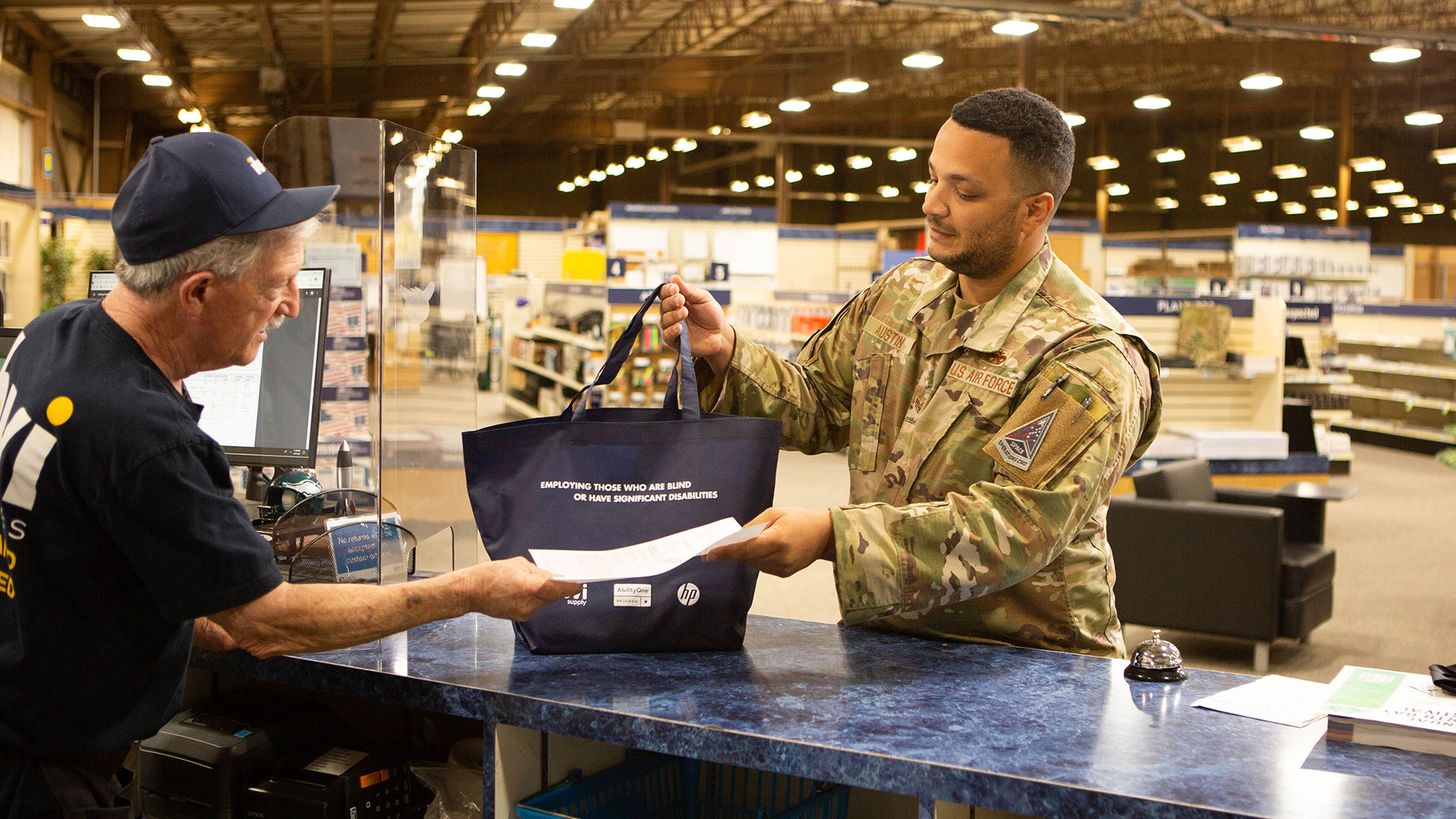Let’s look at some cutting-edge technology made to help those with visual impairments.
In our last blog, I focused on Braille literacy and talked a lot about the importance of not becoming too dependent on technology. While I do still stick to that belief, I also know the importance of technology and how useful it can be. Like many things, technology has its proper place. So in this month’s blog, let’s look at several different tools made specifically to help those who are blind or visually impaired.
eSight
Upon visiting the eSight homepage, the first thing I noticed was bold text exclaiming, “Life-changing glasses for the visually impaired” next to an impressive-looking pair of what I would call goggles. Excited to see how they work, I naturally moved on to the page labeled, “How it Works.” The eSight glasses boast three easy steps: power them on, put them on, and instantly see what’s in front of you in real time. They work by using a small camera on the front of the glasses that captures footage of what you are “looking” at and an advanced algorithm that optimizes and enhances the footage before displaying it. Ibvi actually partners with eSight as a real-world testing site, and many of our employees have benefitted from the technology. We definitely recommend trying these out.
Cyber Eyez
On the Cyber Eyez website, they describe their technology as “an unparalleled experience” that provides a greater level of independence. The device, which attaches to the frames of your glasses, has tons of features including 15X–20X optical zoom with no lag, free video-calling with Skype, object recognition, and a color assistant which can identify over 1,500 colors. It can also read bar codes and uses Amazon’s Alexa to read out loud. Our employee Jeana has been a driving force behind the use and awareness of Cyber Eyez at ibvi and uses her device daily.
BLITAB
BLITAB describes itself as a one-of-a-kind technology because they have the first-ever Braille tablet. The company has developed a technology that creates tactile text and graphics in real time. The tablet converts any document into Braille text: little smart dots they call “tixels” rise from the tablet’s surface and then fall again when the user moves past them and the text changes. BLITAB shares similar values with ibvi in that their motivation comes from making the blind and visually impaired more independent at school, home, and work, which includes enabling them to maintain gainful employment.
OrCam
 The OrCam MyEye 2 device sets out to improve lives by using the power of wearable artificial technology to help those who are blind or visually impaired. The device is just a little larger than a thumb drive and is worn on the frame of your glasses. It can read any printed or digital text out loud, recognize faces, identify products, and more. It also boasts its easy-to-use features, portable design, and ability to work without an internet connection.
The OrCam MyEye 2 device sets out to improve lives by using the power of wearable artificial technology to help those who are blind or visually impaired. The device is just a little larger than a thumb drive and is worn on the frame of your glasses. It can read any printed or digital text out loud, recognize faces, identify products, and more. It also boasts its easy-to-use features, portable design, and ability to work without an internet connection.
Technology designed to help those with visual impairments is nothing short of incredible. But the key is balance. While technology is helpful, we all know that sometimes it fails. Using other resources such as Braille, guide dogs, and canes will help those who are blind or visually impaired not be too reliant on something that needs power or the internet to work.


